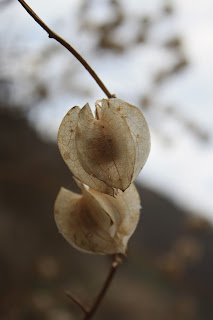Hey all, happy Sunday! Today I'm doing my first link-up with The Hemborg Wife and Found Love, Now What?. It's a bi-monthly link-up called Expat to Expat Q&A, today's theme being weather and seasons where I'm living, in Peru. Here it goes...
A bit of my expat background: After studying abroad in Spain my junior year in college, I've got the travel bug. So I traveled to Peru, hoping to find work teaching English. I not only found that, but an amazing group of women and my love (and husband-to-be), Rafael. I've been living in Peru since October 2011, but am originally from California Bay Area.
1. What was your favorite season back home and is it the same now; why or why not?
I love most seasons in California, but the one that sticks out right now is Autumn because of the beautiful colors and feelings that it bring. In Cusco, there are really just 2 seasons, dry and wet. I much rather prefer dry season, and it's not so cold around July-September.
2. Is there a place you would want to move to based solely on the weather?
3. What is a piece an article of clothing that you had to buy for your new home due to the weather? i.e. galoshes, winter coat, etc
Boots, mittens, and a big down coat. And lots of layers, as it can go from a hot day to really chilly evening.
4. Have you found the weather stereotypes of your new home to be true?
Well, I supposed that there would be more warm beaches. I was surprised to find out that each region has it's own weather because the geography is so varied. So it could be hot and humid in the jungle, cold and rainy in the mountains, and moderate on the coast at the same time.
5. Is there somewhere you would never live based solely on the weather?
Although I'm really attracted to Nordic countries because of their social care and pacifism, I don't think I could handle so few hours of daylight for too much time. I do really want to visit though!
6. What are you looking forward to most this spring?
Our wedding! It's going to be outdoors in a beautiful garden full of flowers. I'm looking forward to celebrating with friends and family. I'm also glad that the rain has let up and we can do more outdoor activities like hikes, picnics, etc.
7. Where you live, what is your go to outfit for spring?
Skirt, top, scarf, and a jacket for the evening.
8. What is one thing or event that you miss that happens back home at this time of the year?
My family has a lot of birthdays in April so I miss our celebrations, BBQs and live music.
9. If your hubs could bring home a bouquet of any type of flower, what you pick?
Orchids are very beautiful. Also, honeysuckles or jasmines because of their gorgeous smells.
10. What does your perfect Saturday look like?
Making breakfast at home with my fiance and singing along with fun music, then a walk or little hike, followed by girls night crafting or chatting.
Bonus: Are there any special holidays in your new country in the month of May?
Mother's Day is on May 12th this year. This day is hugely and commercially celebrated here, as mothers play a huge role in the family. Also, nearly every other day there is some celebration of a saint or religious procession.















































